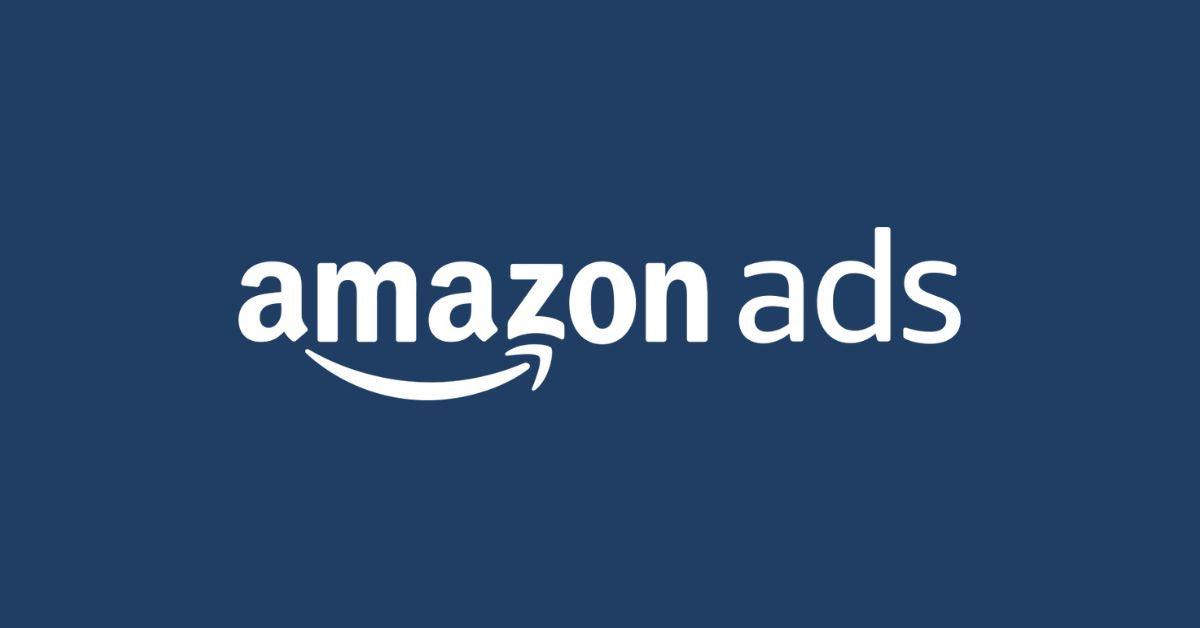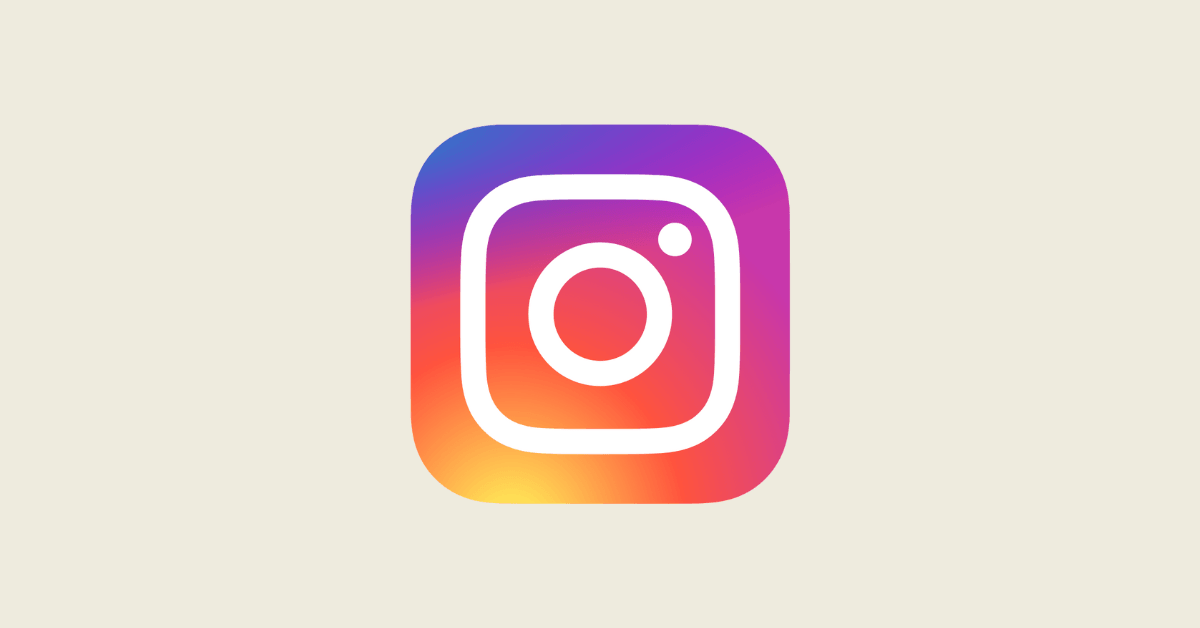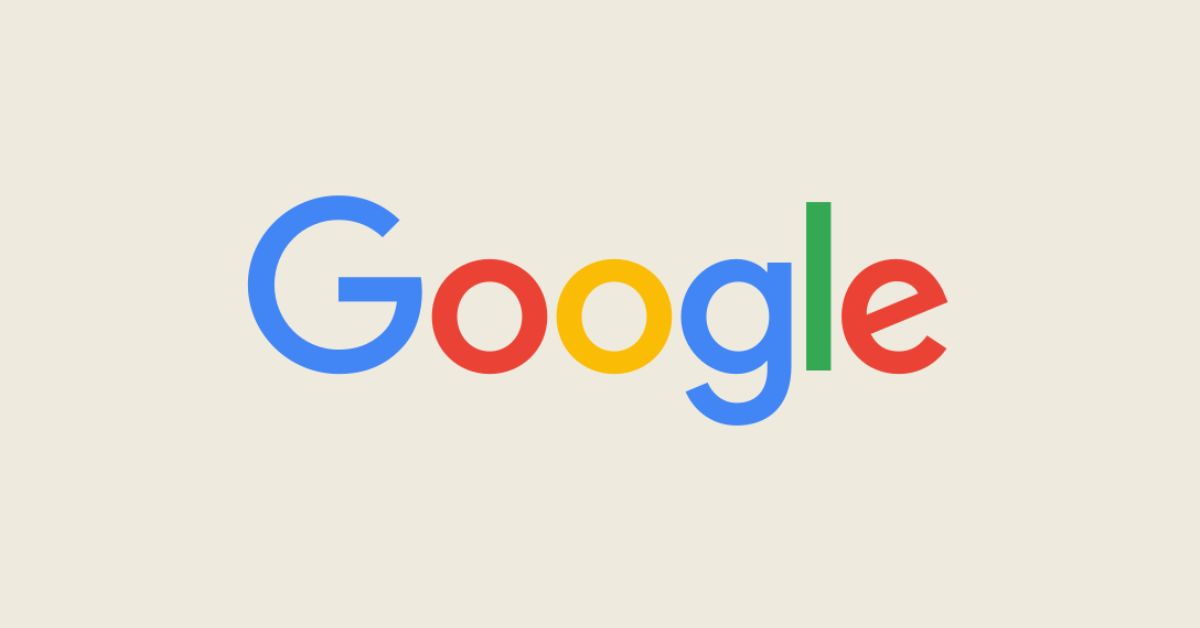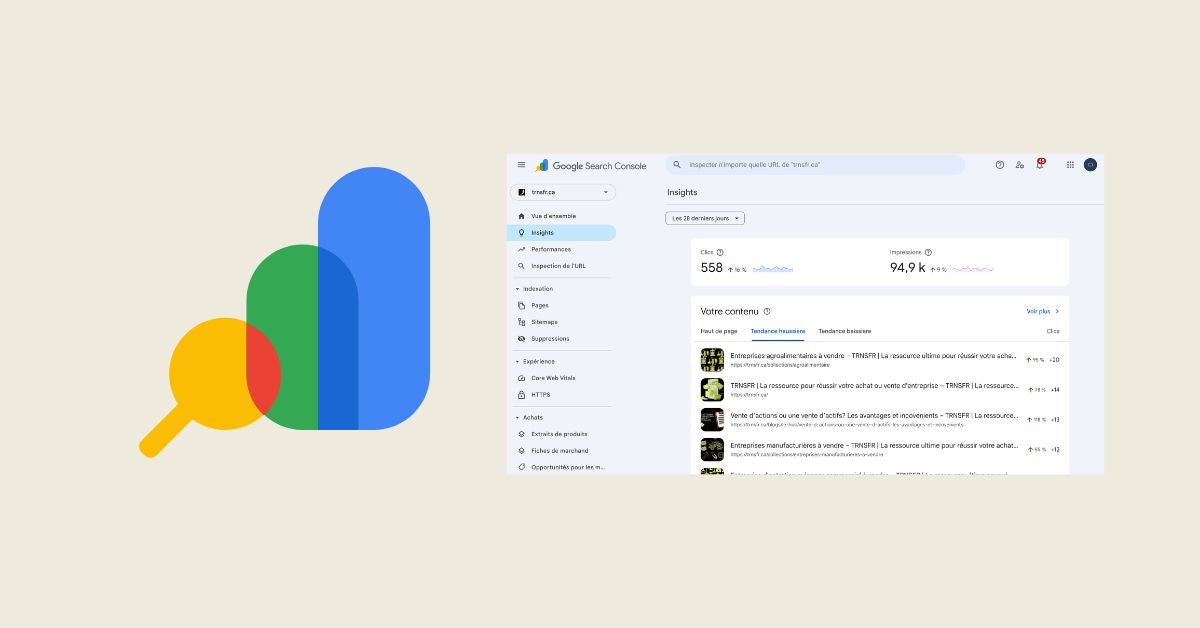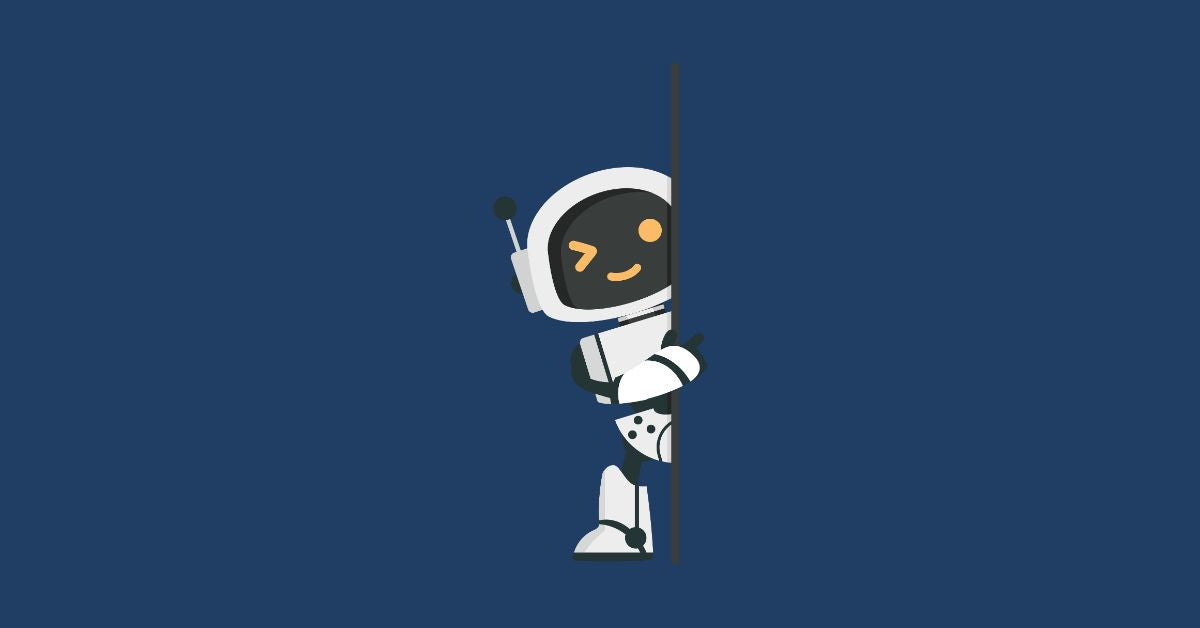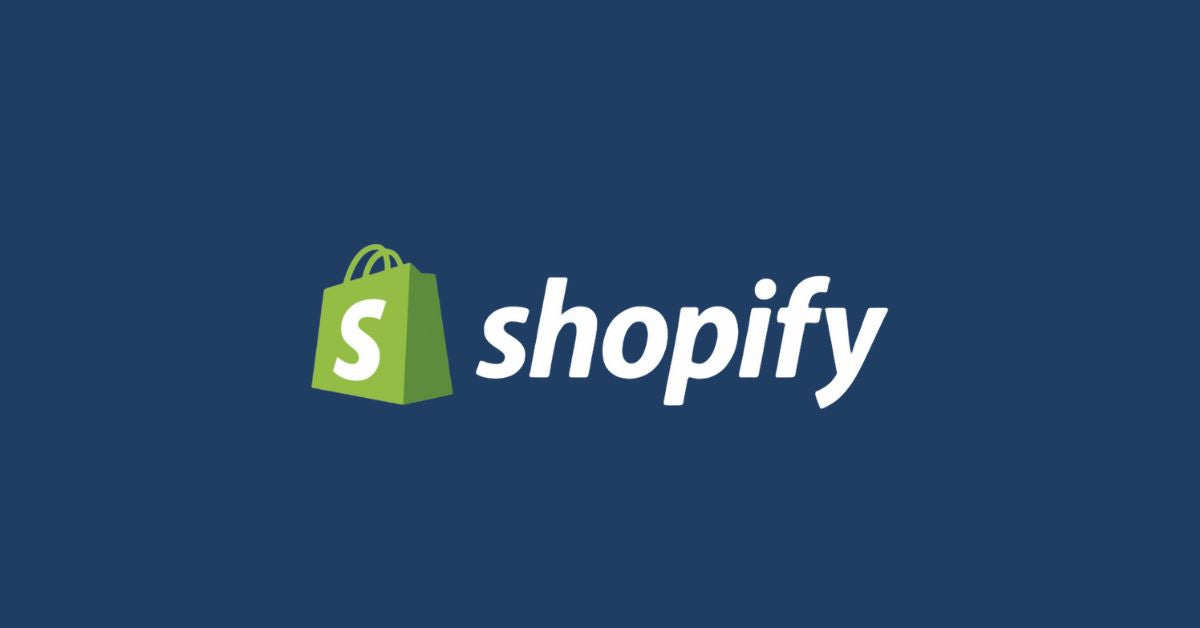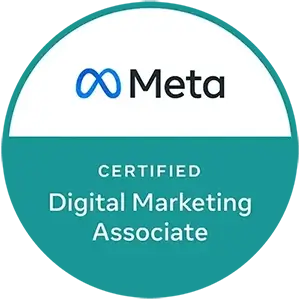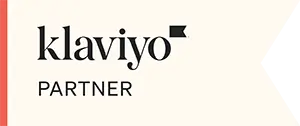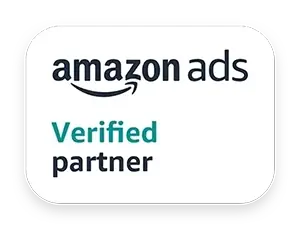Introduction: General overview of costs associated with Amazon advertising.
Amazon, the undisputed leader in online commerce, offers brands the opportunity to promote their products to millions of potential buyers. But at what cost? In this article, we demystify Amazon advertising pricing to help you make an informed decision.
Explanation of different pricing models: CPC, CPM, etc.
When getting started with advertising on Amazon or any other digital advertising platform, it is essential to understand the different pricing models in order to control your expenses and optimize your return on investment. Two predominant models are commonly used on Amazon: CPC (Cost Per Click) and CPM (Cost Per Thousand). Here is a detailed and popularized explanation of these terms.
The CPC (Cost Per Click) Model
Imagine that every ad you post is like a virtual handshake extended to a potential customer. Every time a customer “shakes hands” by clicking on the ad, you pay a fixed amount. This amount is determined based on the competition around your product and the effectiveness of your keywords.
The advantage of the CPC model is that you only pay for effective actions, i.e. clicks. This means that if your ad is seen by thousands of people, but only a handful click on it, you only pay for that handful. This is particularly useful for businesses looking to optimize their advertising budget .
The CPM (Cost Per Thousand) Model
Unlike the CPC model, CPM works differently. Here the emphasis is on visibility and not action. To put it simply, the CPM model means that you pay a fixed amount for every 1000 people who see your ad, whether they click on it or not.
This model is ideal for brands looking to increase their awareness or introduce a new product to as many people as possible. CPM guarantees that your ad is seen, but does not guarantee that it generates action.
How to Choose the Right Model?
Choosing between CPC and CPM largely depends on your advertising goals. If you want to drive direct sales or conversions, the CPC model might be best suited as it targets users who are actively interested in your product. On the other hand, if your priority is to build awareness of your brand or raise awareness of a new product, CPM could be more beneficial.
Ultimately, understanding and mastering these pricing models will help you further your Amazon selling strategy. By carefully examining your goals, budget, and target audience, you will be better positioned to make informed, profitable decisions.
By delving deeper into your Amazon sales strategy , you will better understand which model to adopt.
Factors influencing cost: sector, competition, seasonality, etc.
The cost of Amazon ads varies. Several factors influence prices:
- Sector: Niches like electronics or fashion may be more competitive, hence higher costs.
- Competition: The more advertisers bidding on a keyword, the more the cost per click can increase.
- Seasonality: Periods like Christmas or back to school may see an increase in costs due to high demand.
How to optimize costs: Tips for better budget management.
- Precise targeting: By using relevant keywords, reduce the risk of spending unnecessarily.
- Performance Tracking: Regularly adjust your bids based on results.
- Use Amazon SEO optimization to improve organic visibility and complement your advertising efforts.
Understanding average costs per click (CPC) for different industries on Amazon is crucial to planning your advertising budget. Each sector has its own specificities due to competition, customer demand, and market trends. Below, we further break down these costs for three industries, with relevant KPIs, examples and sources to support our claims.
Summary of costs by ad types and sectors
Amazon Ads offers multiple ad formats, each with its own niche to help businesses achieve various marketing goals. Choosing the format largely depends on what you want to accomplish, whether that's increasing brand awareness, improving conversions, or introducing a new product to the market.
Sponsored Products Ads: These are auction-based ads that appear in search results and on product pages. They work on a CPC model, which means you only pay when a customer clicks on your ad. These ads are particularly effective in increasing visibility of individual products and encouraging direct sales. In terms of cost, they tend to be among the most profitable, as they target users who are already in purchasing mode.
Sponsored Brand Ads: These ads feature a collection of products, helping to increase brand awareness. They are ideal for businesses that want to promote multiple products or showcase their brand as an entity. Although potentially more expensive than Sponsored Product Ads, they offer the benefit of larger ad space, often at the top of search results.
Display Ads (Amazon Display Ads): These ads may appear on Amazon, but also on other websites, including partner sites. They are more focused on brand awareness than direct conversions. Display Ads often have a higher CPM (cost per thousand impressions) cost than other ad types, but they can reach a wider audience, including those not currently on Amazon.
Sponsored Video Ads: Perfect for telling a story or demonstrating product features, these ads provide an immersive way to engage customers. They may be more expensive to create and distribute, but their impact in terms of brand recall and engagement can justify the investment.
Each type of Amazon ad has its place in a complete advertising strategy. The cost assessment must be weighed against the desired objectives, whether it is customer acquisition, increased brand awareness, or a combination of both. It is recommended to test different formats and adjust based on performance to maximize ROI.
Industries
1. Electronic:
- Average CPC: Around $0.75 - $1.25.
- Important KPIs: Conversion rate, return on ad spend (ROAS), search volume for specific products.
- Example: An advertiser selling wireless headphones might see a higher CPC due to high competition in that product category, but a good conversion rate due to high demand.
- Source: According to [WordStream](https://www.wordstream.com/), electronic products generally have a higher CPC due to fierce competition and high product value.
2.Fashion:
- Average CPC: Around $0.50 - $0.90.
- Important KPIs: Click-through rate (CTR), conversion rate, impressions per ad.
- Example: A brand selling summer dresses might have a lower CPC in the winter but see that cost increase during the spring and summer months due to seasonality.
- Source: According to data from Jungle Scout , fashion, as a category, has seasonal variability that can influence CPC.
3. Food & Beverages:
- Average CPC: Around $0.30 - $0.70.
- Important KPIs: Conversion rates, search volume for specific food types, product reviews.
- Example: An organic snack seller could benefit from a low CPC at the start of the year when consumers are looking for healthier food options. However, CPC could increase during the holidays when demand for snacks increases.
- Source: Feedvisor research shows that food categories often have lower CPCs but may see an increase in demand linked to seasonal events or dietary trends.
Other Industries
Beauty & Personal Care: In the broad realm of beauty, including products such as creams, makeup, and perfumes, the average CPC fluctuates between $0.40 and $0.85.
Toys & Games: A field in constant evolution with the emergence of new toys and trends. Whether for dolls, board games or educational toys, the CPC varies between $0.45 and $0.80.
Books & Media: One of the pillars of Amazon since its beginnings. Whether for fiction, how-to guides or magazines, the CPC is generally in the range of $0.20 to $0.60.
Home & Garden Items: With a wide range of items from furniture to gardening appliances, this sector has a CPC ranging from $0.55 to $1.00.
Sports & Leisure: Encompassing a variety of equipment, from fitness items to camping accessories, the CPC for this category typically ranges from $0.50 to $0.95.
Automotive & Parts: A niche on Amazon, but with significant potential. Car accessories, spare parts and tools have a CPC between $0.65 and $1.10.
Jewelry & Watches: A luxurious sector on the platform. Rings, necklaces, watches and other precious accessories have an average CPC between $0.70 and $1.20.
Ultimately, while having an idea of average CPCs for your industry can be helpful, it's crucial to regularly adjust your bids and optimize your ads to ensure the best performance. Additionally, working with a specialist agency, like BOFU Marketing Agency, can help navigate the Amazon advertising landscape more effectively.
Conclusion: Tips for getting value for money.
Amazon advertising is an investment, but with the right approach, it can deliver an impressive return. It is essential to work with a reliable partner , like BOFU Agence Marketing, to maximize your chances of success. And don't forget to consider the crucial aspects when choosing your Amazon marketing agency .
Also, it's always good to remember that advertising is just one piece of the puzzle. For a holistic view, also explore The Truth About Amazon Advertising .
ACCREDITED AMAZON ADS PARTNERS: AMAZON ADS
For all businesses looking to maximize their visibility on the world's leading e-commerce platform, adopting an effective Amazon strategy is imperative. Inasmuch as As accredited Amazon Ads partners , we have the expertise to optimize your ads on Amazon, ensuring not only increased visibility but also a tangible return on investment.
At the same time, we specialize in SEO for Amazon, ensuring that your products are easily findable for potential buyers. Finally, if you are looking for complete solutions for online and retail commerce, discover our marketing solutions designed specifically for online retail businesses .

